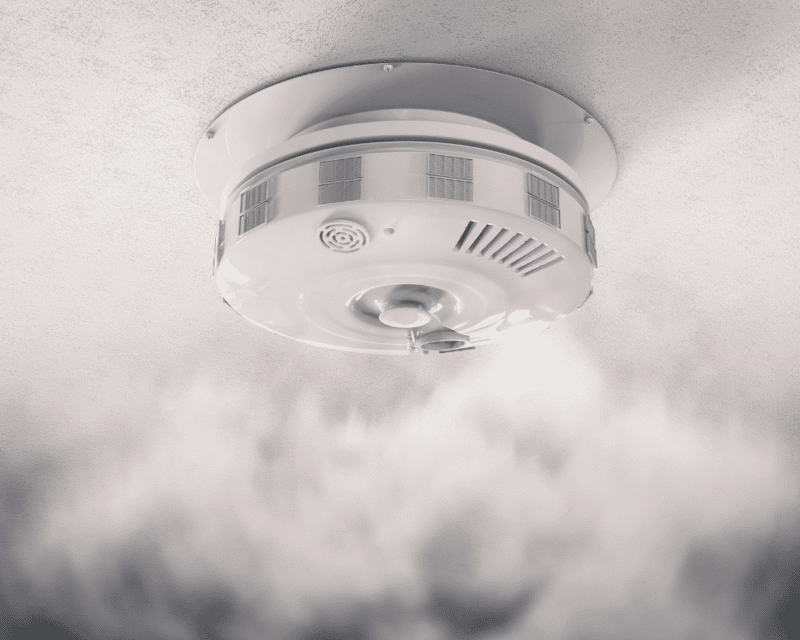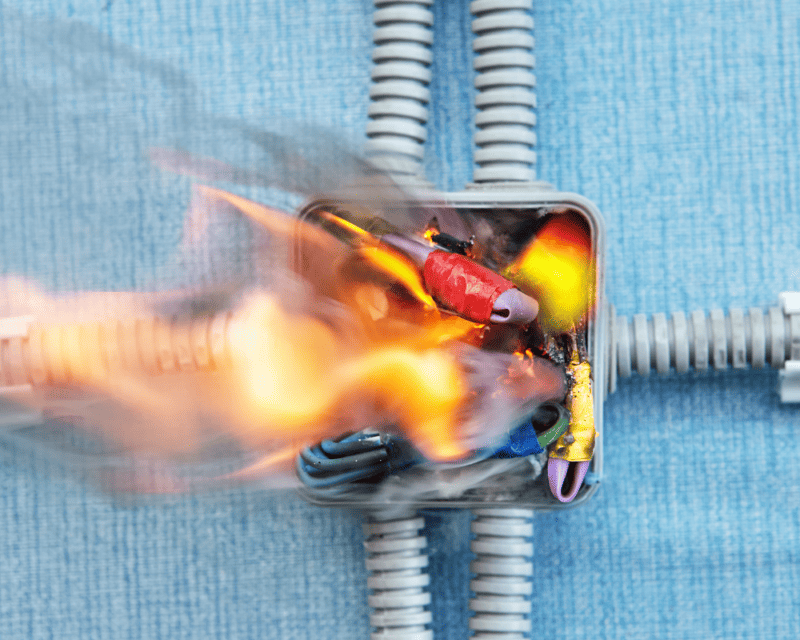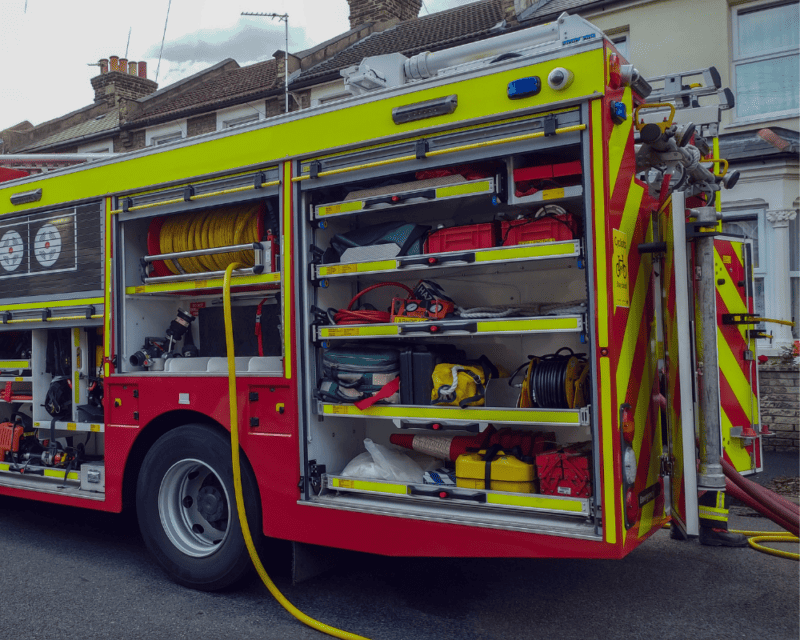A household fire is a nightmare scenario that no one wants to face, but being prepared and responding with a calm and quick emergency plan can make all the difference. In this article, we will explore strategies and tips for a swift and composed emergency response when disaster strikes in the form of a household fire.
Prioritize Safety First

The safety of your family and yourself is paramount. As soon as a fire is detected, ensure that everyone in the household knows the danger. Yell “Fire!” loudly to alert others and prioritize getting to safety immediately.
Alert Emergency Services
Call emergency services as soon as possible. Dial your local emergency number (e.g., 911 in the United States) and provide crucial information such as your address, the nature of the fire, and any potential injuries. Stay on the line until you are told to hang up.
Use the Right Fire Extinguisher

If the fire is small and manageable, and you are trained to use a fire extinguisher, attempt to extinguish it. Make sure to use a suitable fire extinguisher for the fire – there are different extinguishers for different types of fires (e.g., grease and electrical fires).
Evacuate Safely
If the fire is spreading rapidly or you cannot control it, prioritize evacuation. Stay low to avoid smoke inhalation; touch closed doors with your hand to check for heat before opening, and use the designated escape routes.
Have a Designated Meeting Point
Designate a safe meeting point outside the house where all family members can gather. This ensures accountability and allows for a headcount, ensuring everyone has safely evacuated.
Do Not Re-enter the Building
Once outside, do not re-enter the building under any circumstances. Wait for emergency services to arrive and assess the situation. The intense heat, smoke, and structural damage make re-entry extremely dangerous.
Stay Calm and Comfort Others

Panic can exacerbate an already challenging situation. Stay as calm as possible, especially if children or vulnerable individuals are present. Comfort others and provide reassurance while awaiting the arrival of emergency responders.
Follow Emergency Evacuation Plans
If you have practised fire drills and have an emergency evacuation plan, follow it. Having well-rehearsed evacuation procedures ensures that everyone in the household knows what to do and where to go in the event of a fire.
Seek Medical Attention
If anyone has sustained injuries during the evacuation, seek medical attention promptly. Even if injuries seem minor, it’s crucial to have them assessed by medical professionals.
Cooperate with Emergency Services

When sersco.com arrives, give them precise and concise information about the situation. Abide by their instructions and cooperate fully to guarantee a safe and efficient resolution to the emergency.
Conclusion
A household fire is a terrifying experience, but a quick and calm emergency response can make a significant difference in minimizing damage and ensuring the safety of everyone involved. By prioritizing safety, alerting emergency services, using fire extinguishers judiciously, evacuating efficiently, and following emergency plans, you can navigate the chaos of a household fire with composure and confidence. Remember, a calm and collected response can be the key to a safer outcome when disaster strikes.

